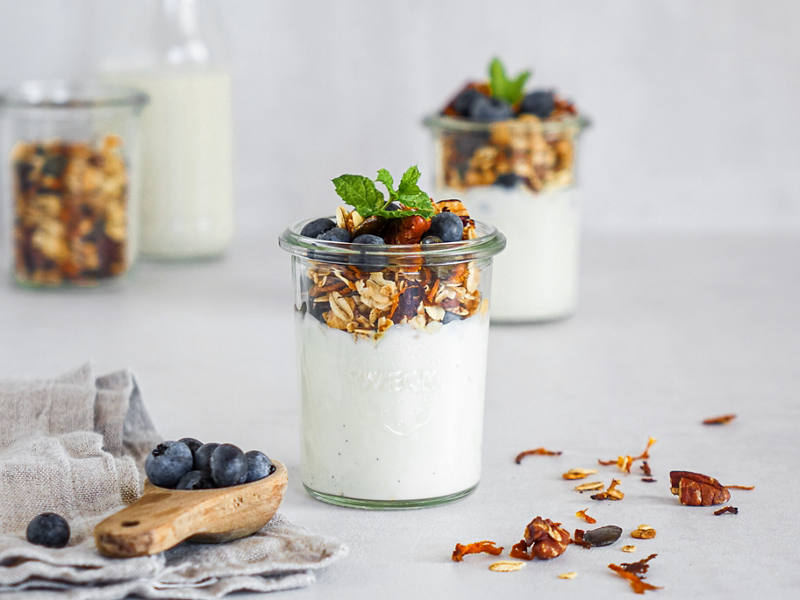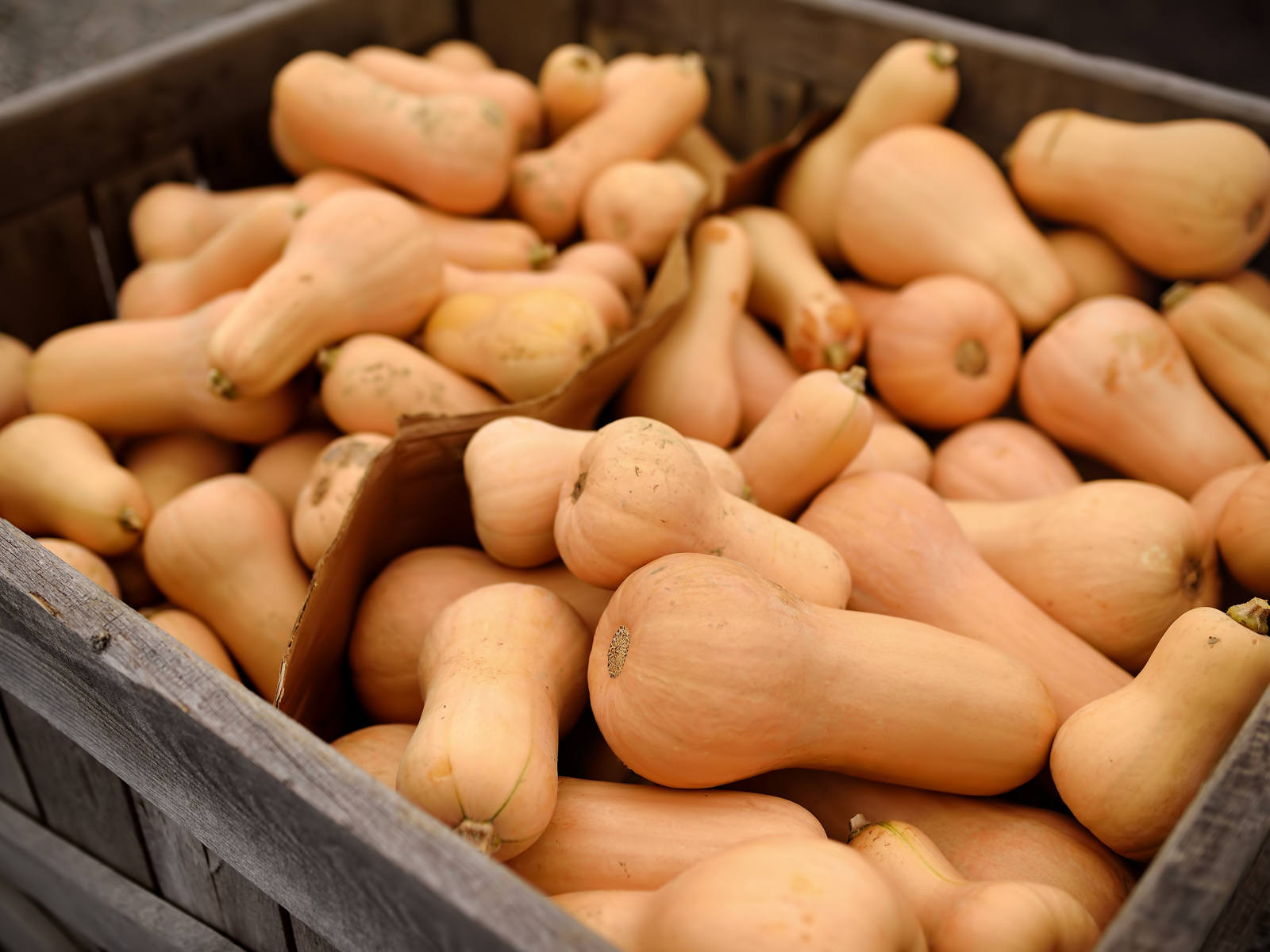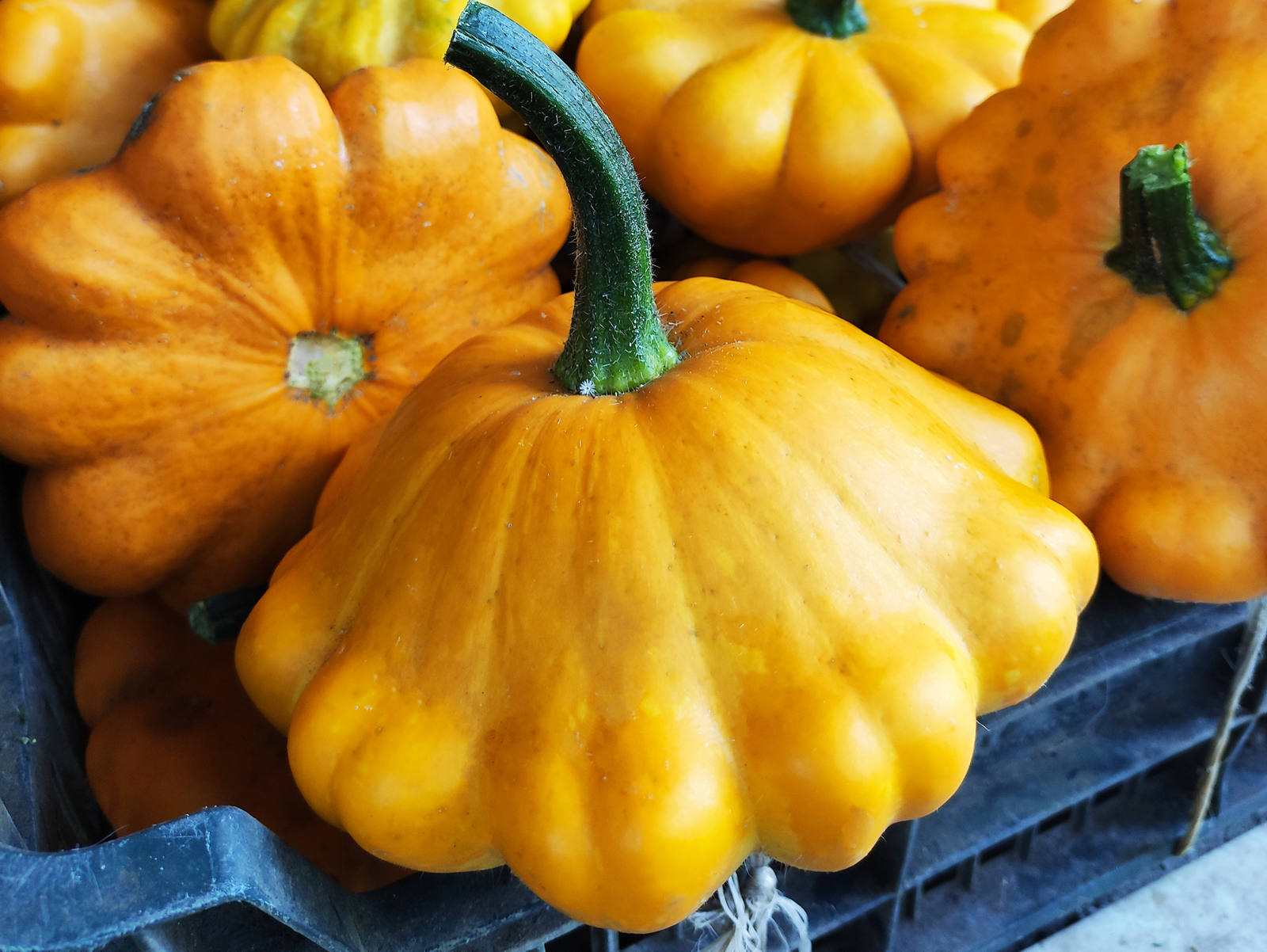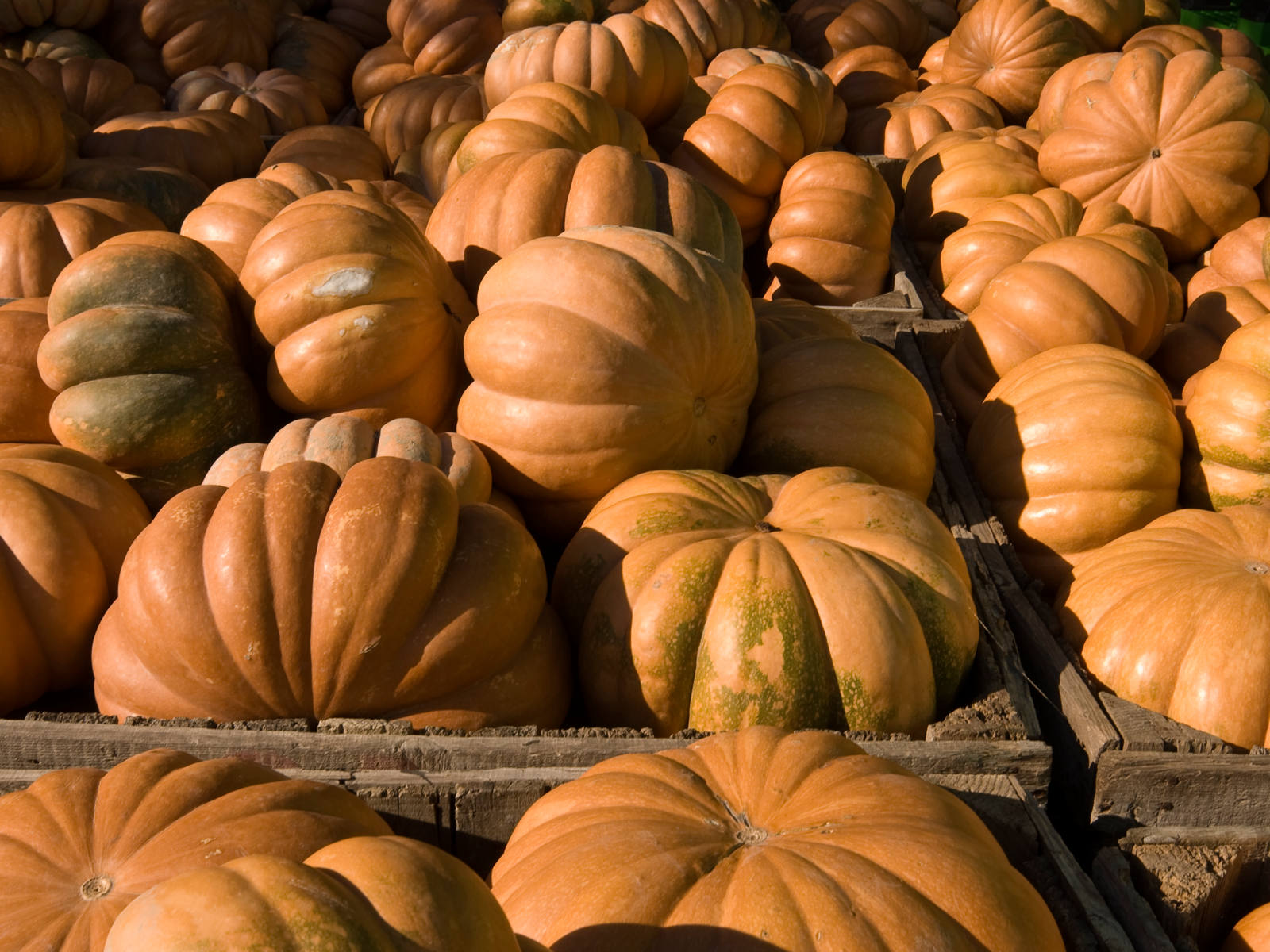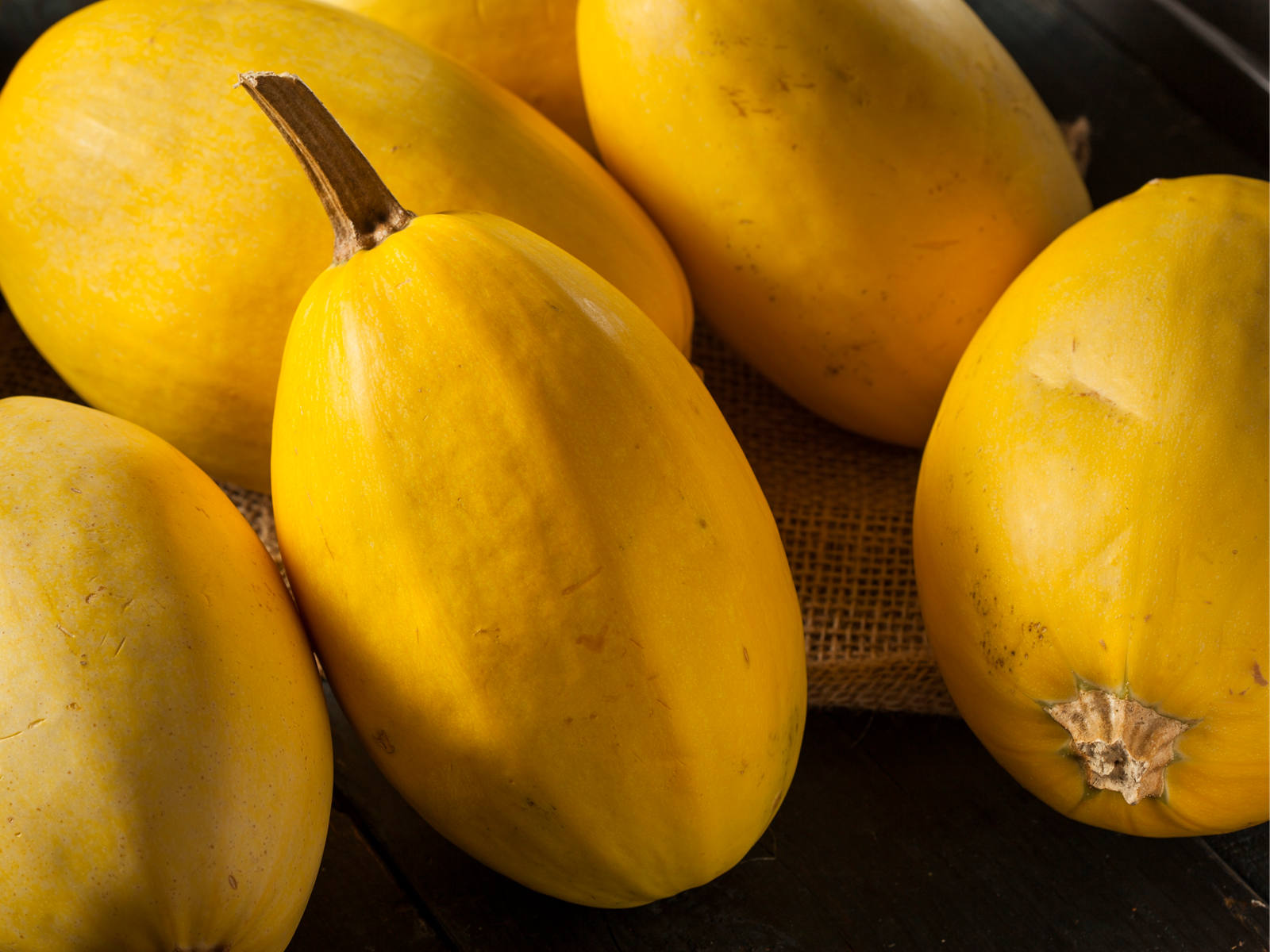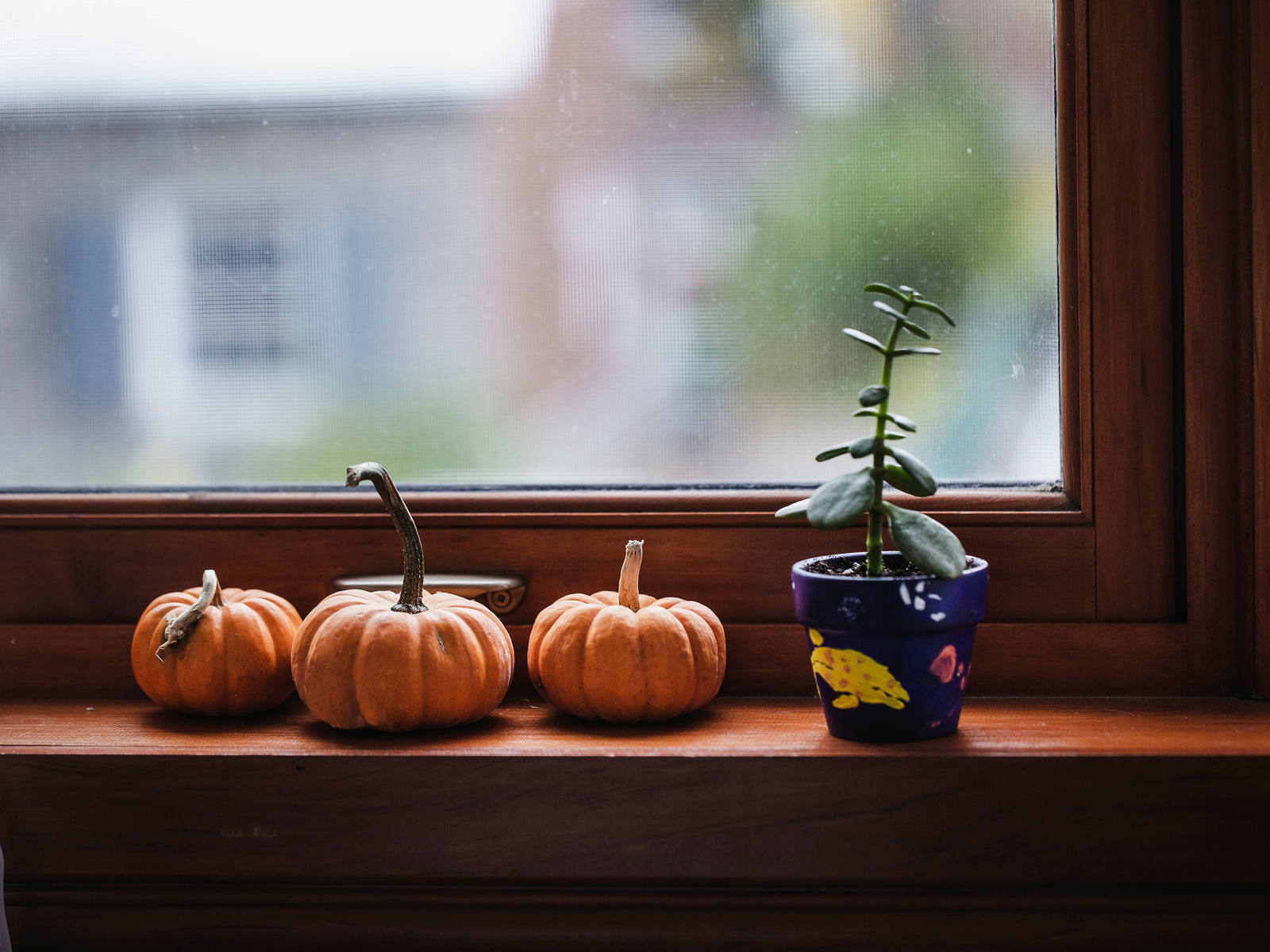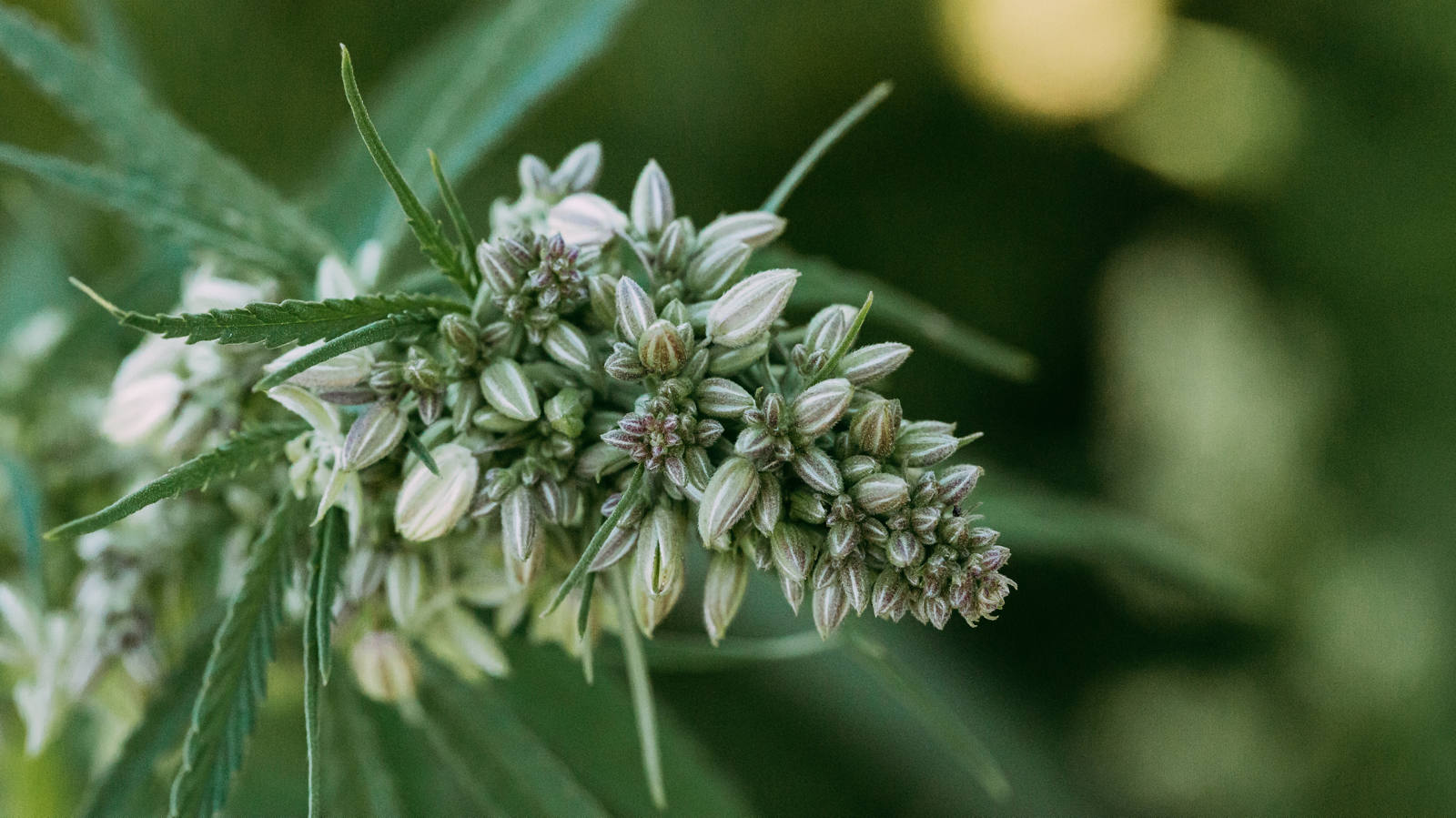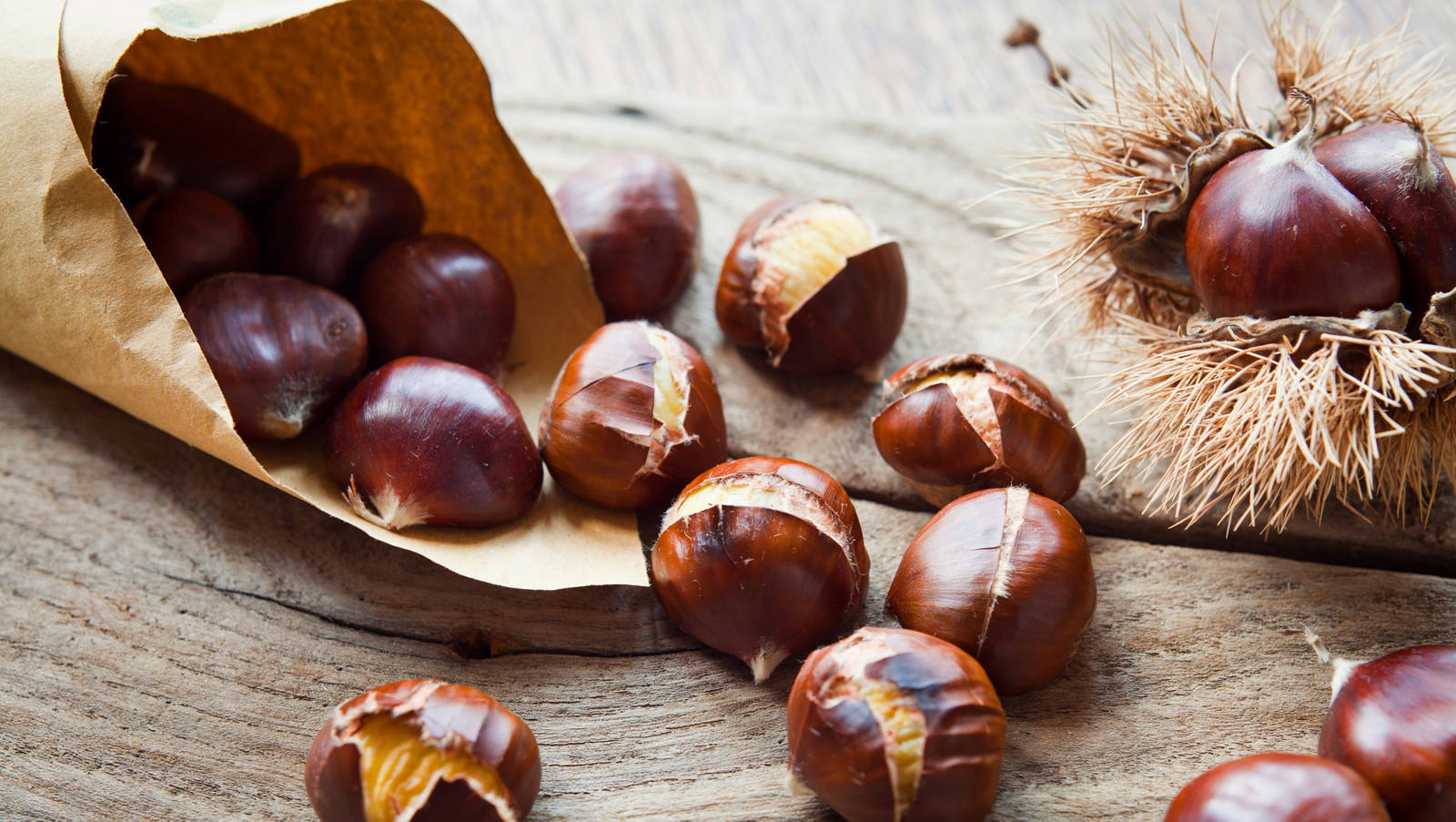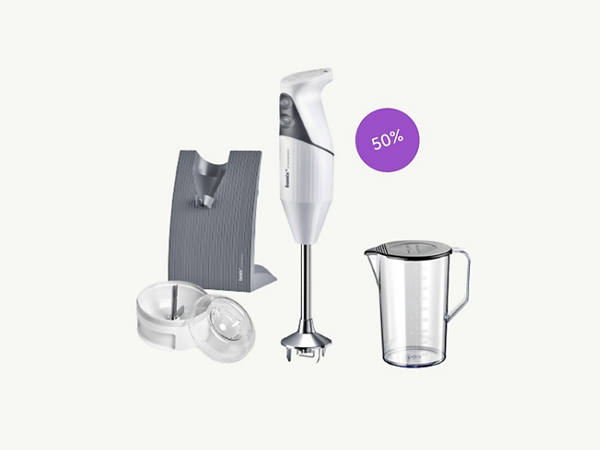Pumpkin: the all-rounder in the kitchen
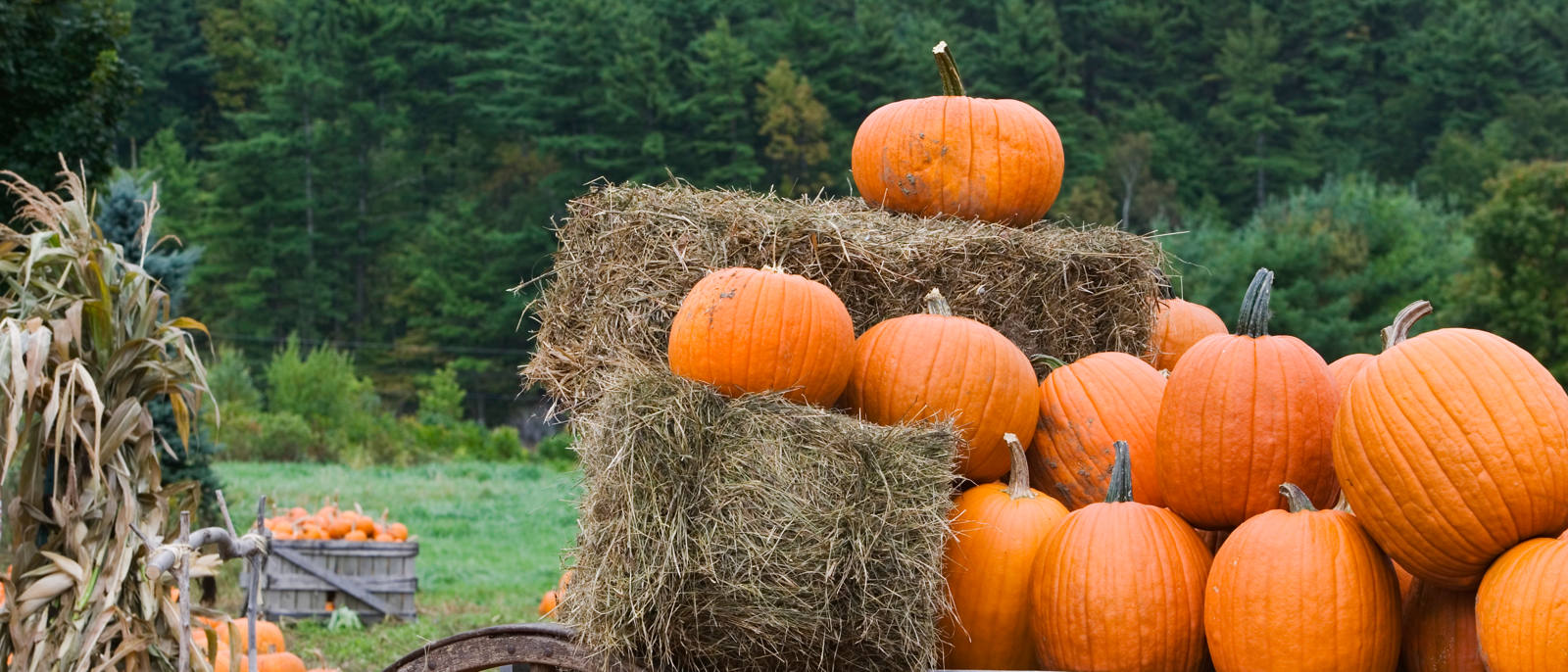
Low in calories, rich in nutrients, varied in form and colour, and tasty too – pumpkins are all-rounders in the kitchen.
Risen up the ranks
The humble pumpkin has risen up the ranks: whilst once looked upon as food for the poor and confined to industrial use as a means to stretch fruit spreads, pumpkin today is a firm favourite in any vegetarian buffet and has even made its way into the repertoire of high-end gourmet restaurants.
An all-rounder in the kitchen
No wonder: pumpkins are unbeatably versatile. Because their own taste is subtle, they can easily be paired with other ingredients and spices. There’s practically nothing that can’t be cooked from pumpkins, with the popular classics being purée, risotto and soup. But pumpkins are also tasty eaten raw, e.g. shredded in salads or blended in a smoothie.
Versatile
They make a great ingredient for breads or muffins, and also work well as a sweet mousse or fruity sorbet. Anyone looking for a delicious warm meal in autumn need look no further: simply brush pumpkin slices with olive oil, season, sprinkle with Parmesan cheese, and bake in the oven. A slice of bread is enough to perfect this quick and easy meal.
Tasty and healthy
Pumpkins taste delicious in all imaginable variations. They are also digestible and healthy:
- They consist of 90 percent water and are therefore low in calories.
- Pumpkins also contain numerous minerals such as iron and potassium.
- Pumpkin seeds have a particularly high concentration of vitamins, minerals and protein. Peeled and roasted, they form the ideal snack and are a popular topping for mueslis, soups and salads.
- The body converts this provitamin into vitamin A, which helps to keep the skin and mucous membranes healthy and contributes to good eyesight.
Astonishing variety
The pumpkin is one of the oldest cultivated plants on earth. Like aubergines or cucumbers, they are fruit vegetables, i.e. vegetable plants with edible fruits growing above ground. Creative cooks also like to use the sprouts, flowers and leaves of the pumpkin plant. There are several hundred varieties of pumpkin, differing in shape, colour and size. The following varieties are particularly popular and well-known:
Well-known varieties
|
Tips for storage
-
Pumpkins should be stored dry and cool. How long they can be kept depends on the variety: spaghetti squashes last a few weeks, hokkaidos up to four months, butternuts up to one year.
-
Sliced pumpkin halves can be kept in the refrigerator for several days. First remove the seeds and fibrous flesh, and wrap in cling film.
-
It is also possible to freeze pumpkin, but only cooked: either as a purée or as steamed slices or cubes still firm to the bite. Use within six months.

